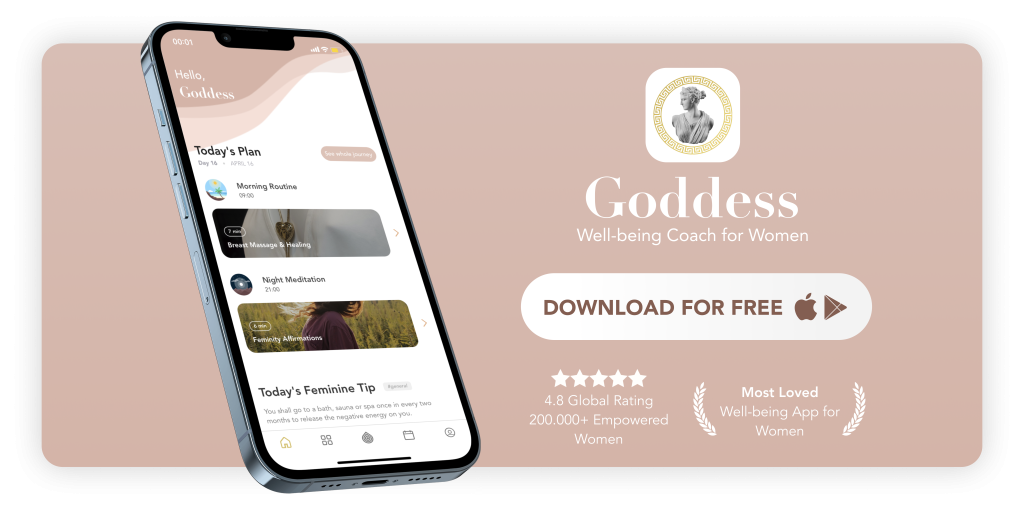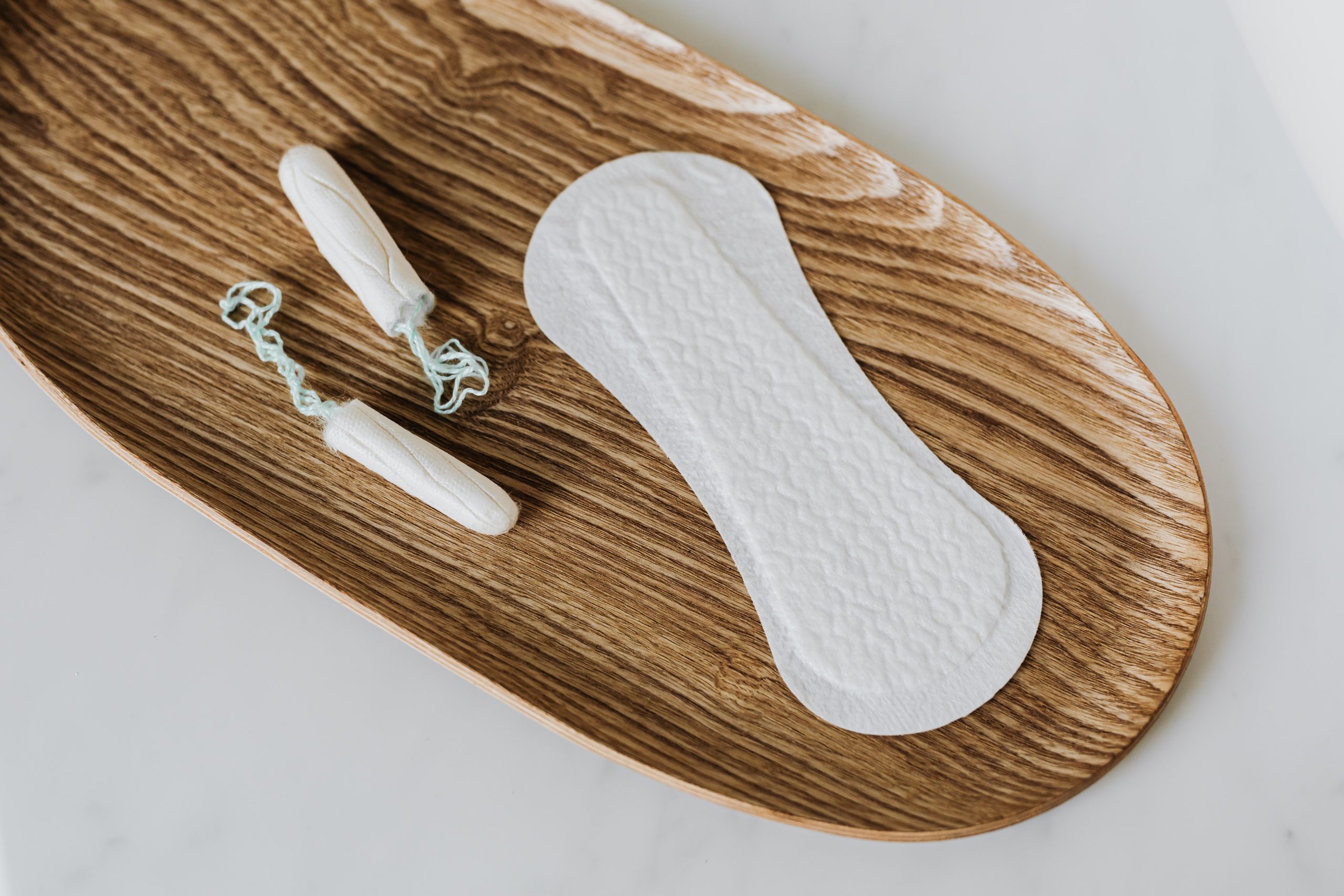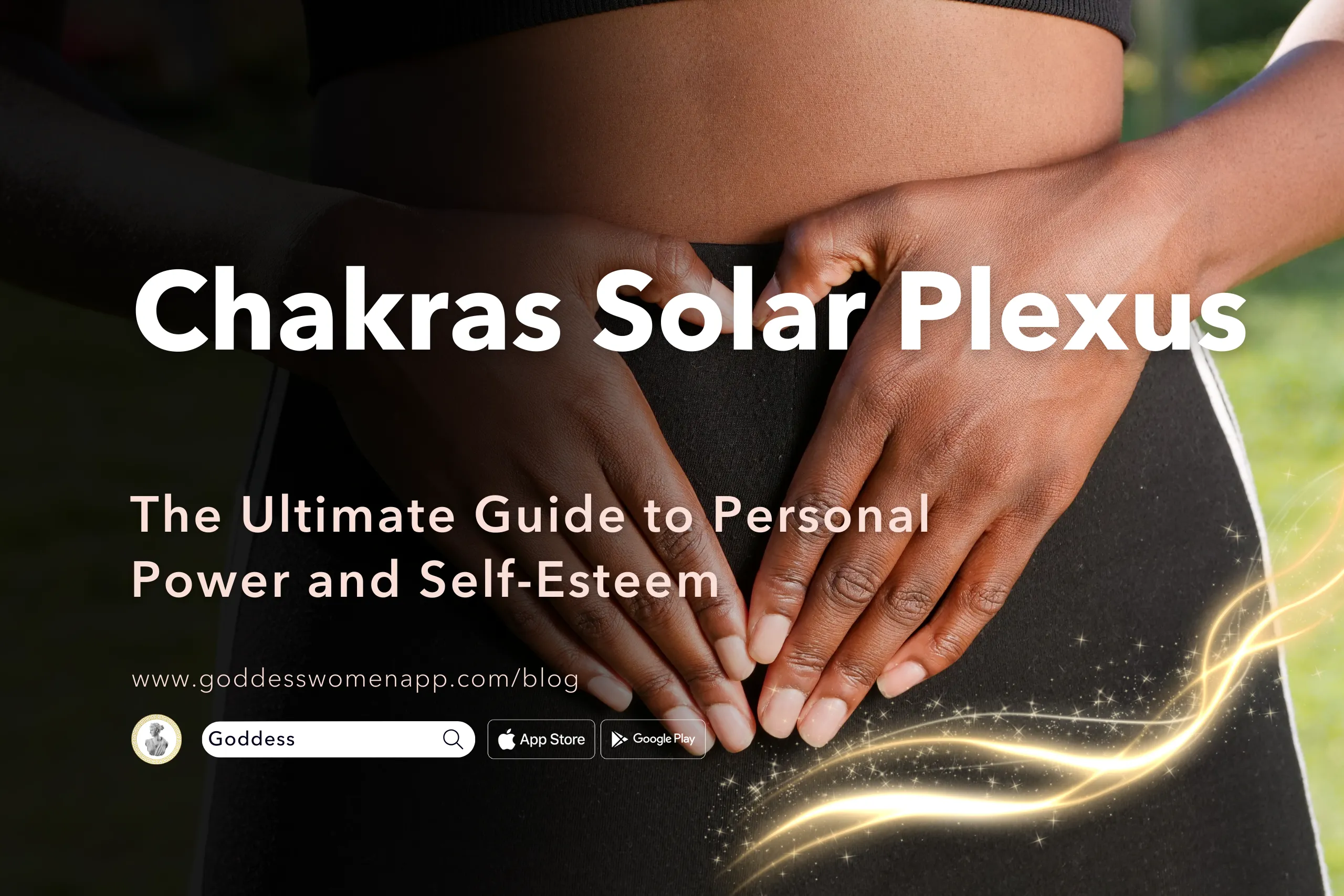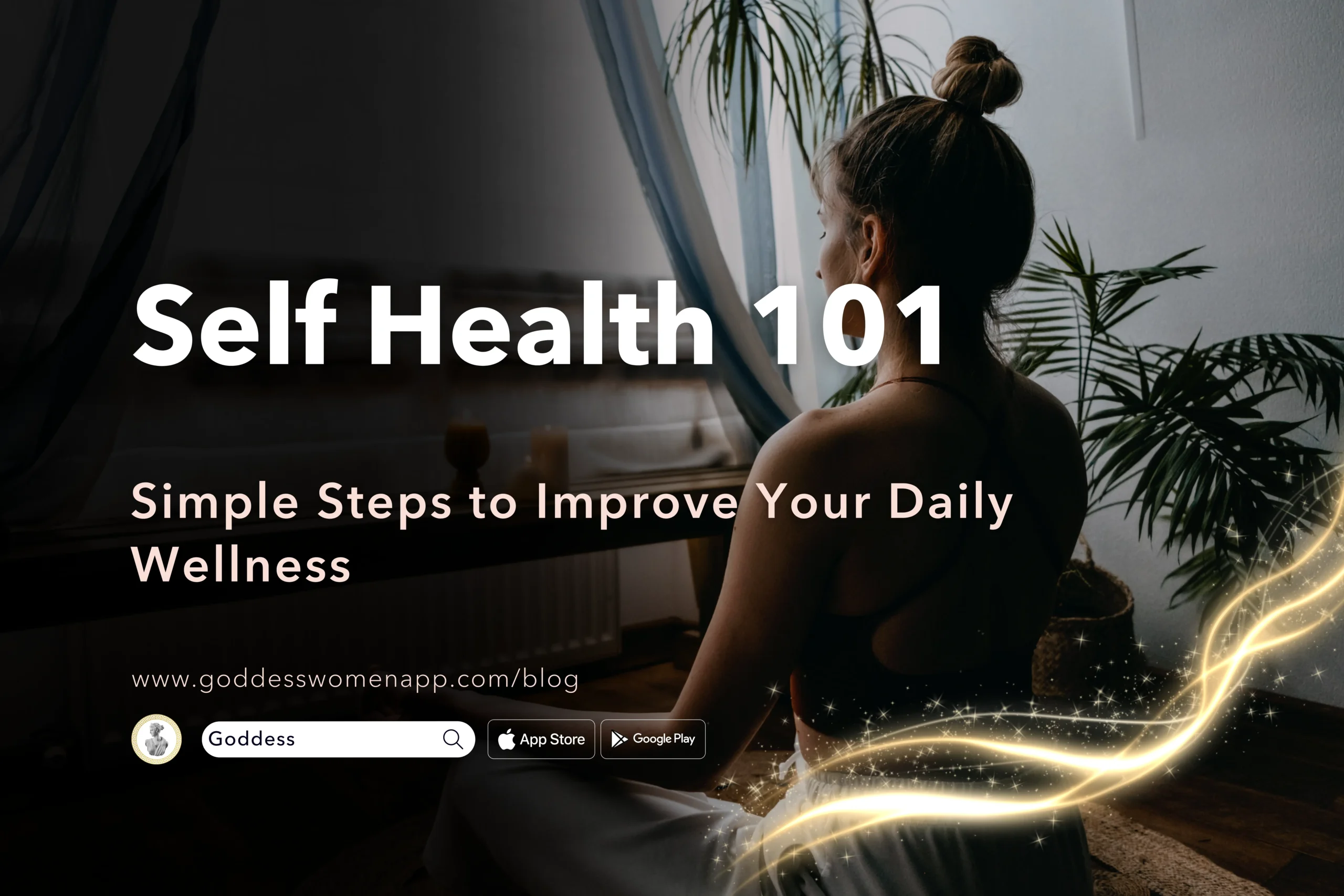Table of Contents
When chronic inflammation occurs, your body’s immune system blocks hormone signaling. This hormonal imbalance can lead to heavy periods, skipped periods, PMS symptoms, or lack of ovulation.
An anti-inflammatory diet focuses on eating foods that are processed as little as possible. Foods that are high in fiber and rich in vitamins and minerals can help decrease inflammation and can bring hormones back to their proper levels.
In adult women, a healthy cycle lasts between 21 to 35 days. The menstrual cycle consists of three phases: the follicular phase, ovulation, and the luteal phase.
Menstrual Phase
Menstrual Phase means period and take 3 to 7 days.
Focusing on nutrient dense foods that provide high-quality macro and micronutrients helps to repair damage of menstruation on your body.
- Consider adding fiber and antioxidants by eating fruits, vegetables, lean protein, and healthy fats.
- While your body loses iron from the blood loss during menstruation, focus on iron rich foods, as sea vegetables, legumes, dark leafy greens and small amount of organic grass fed red meat.
- Ayurvedic diet also helps menstrual phase symptoms. You can prefer more soups, stews, porridges, and other easily digestible meals to give your digestive system a rest during this intense phase.
- Specific foods to support menstrual phase are kale, mushrooms, kelp, beets, seafood
- Your energy will be the lowest in this phase, it is okay to relax. Consider going for a light walk or jog, yoga, pilates or a slow recovery ride on a bike.

Luteal Phase
The Luteal Phase is the time between ovulation and menstruation. Takes around 10 to 14 days.
During this phase, estrogen, progesterone, and testosterone reach their highest levels and then begin to decrease. For the first part of this phase, you can utilize your higher energy levels because you might begin to feel a bit tired as our body prepares for menstruation
This phase is often the time when cravings comes such carbs, sugar, fatty and salty foods.
- To balance those cravings, focusing on foods which are richer in B vitamins, calcium and magnesium.
- Root vegetables such as sweet potato, squash, parsnip, beets and healthy fats helps to satisfy cravings and optimize feelings of fullness.
- Foods such as broccoli, leafy green vegetables, beans can assist progesterone production and also help alleviate mood swings, cramps, and breast tenderness.
- As an exercise, with your preferred form of fitness then consider tapering back to something a bit slower or restorative as your energy levels begin to reduce.
The Follicular Phase
Day 1 of the menstrual cycle is the first day of the Follicular Phase. At this point, follicle-stimulating hormone (FSH) stimulates the growth of your follicles and the production of estrogen called estradiol which stimulates the growth of the uterine lining to prepare for a potential pregnancy and also boosts feelings of happiness and can improve blood sugar control.
This phase lasts about 14 days or until ovulation occurs.
When we often have high levels of energy, confidence, creativity, openness and helps us to set new intentions, work on the goals we may not have had the energy to focus in during the menstrual phase.
- To optimize our energy levels and to support this phase eating fresh and light foods such as vegetables green leaves and lean protein (chicken, turkey, white fish), broccoli, sprouted beans, green peas and zucchini also equal amount of complex carbohydrates to maintain our energy.
- During this phase, you can push yourself a little more with your strength training like challenging yourself with heavier weights to support your muscles with combining stretching exercise such as pilates and yoga.

Ovulatory Phase
Ovulatory Phase starts when ovulating and takes around 3 to 5 days
With the rise in our estrogen levels during the ovulatory phase, our energy will likely be high, and mood tends to be more stable. In this phase remember to eat leafy greens and cruciferous vegetables such as cabbage, broccoli, brussels sprouts and cauliflower helps to metabolize additional estrogen.
If your goal is to lose weight, while your energy is more higher you can focus on the high-impact workouts and prefer lighter starches for carb such as buckwheat, quinoa, squash and sweet potatoes.
DON’TS
Imbalances in your hormones are triggered by bad food. Removing or limiting sugar, alcohol, caffeine, dairy and added salt especially during the menstrual phase and focusing on eating whole foods throughout your cycle to help balance your hormones.
If you have mood swings and cravings, eating every 4 hours can also help you to manage blood sugar levels and avoid cortisol spikes.





